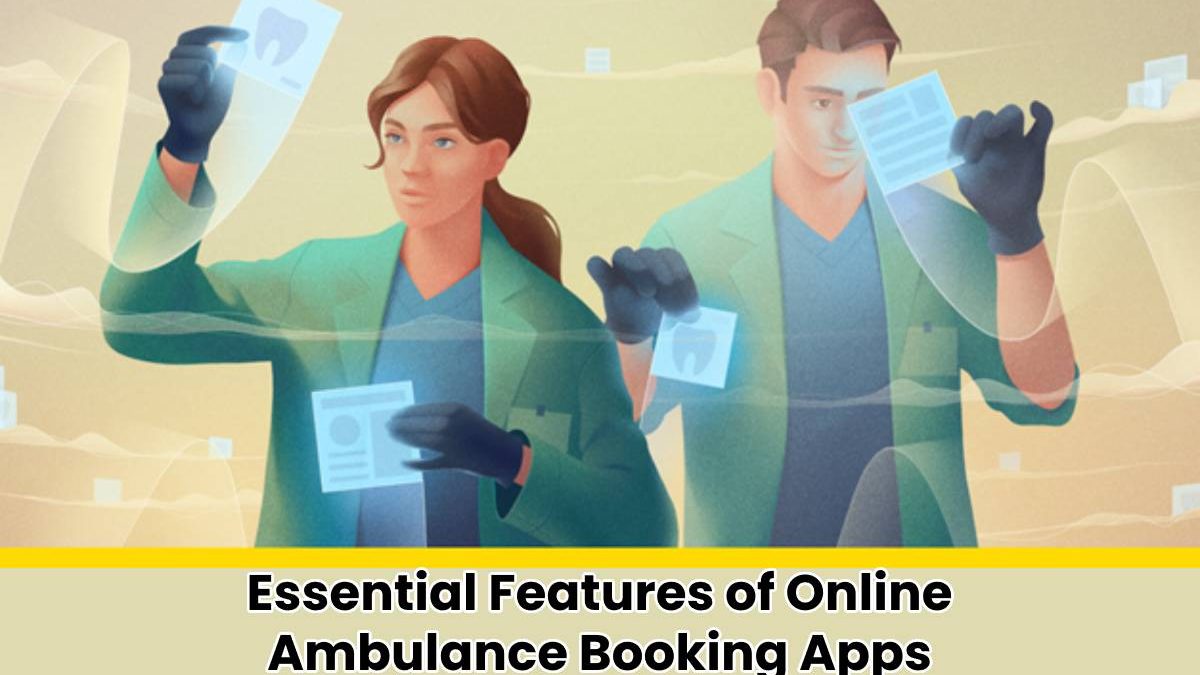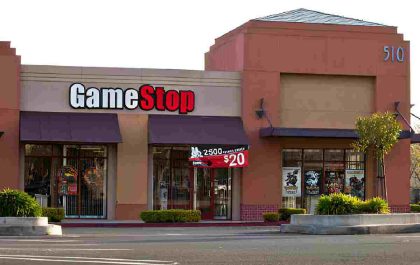One of the main problems of the emergency service is the long waiting time for an ambulance. For Category 2 calls (stroke and other serious conditions), people have to wait for up to 54 minutes. This exceeds the standard 18 minutes three times. For critical patients, every second counts. So, hospitals are looking for efficient mobile healthcare solutions to reduce waiting times. This is of vital importance during the pandemic when healthcare is under enormous pressure. Building reliable online ambulance booking apps can help medical institutions deal with this problem.
Table of Contents
What is an online ambulance booking app?
An online ambulance booking app is a mobile emergency medicine platform that helps a patient to book the nearest available ambulance in their area.
Such a program includes features for patients, medical staff, drivers, and hospital managers.
After having registered on a platform, a patient who needs urgent medical assistance can call the nearest ambulance car in a couple of clicks. The user specifies their exact location so that the driver can build the shortest route and get to the site faster. With the help of the app, one can easily choose the type and amount of transport and the necessary equipment.
The driver receives GPS coordinates, and the app builds a short route, considering traffic jams and road accidents. With the help of such platforms, injured people can be easily detected even outside settlements where there are no streets and no exact address.
A nurse provides timely assistance. In critical cases, this medical worker notifies the hospital of the necessity for special equipment and personnel for the arrival of a new patient.
A hospital manager controls the medical fleet and monitors the statistics of trips. Based on this, the specialist plans the work schedules of drivers and medical personnel. Thus, the healthcare facility can save on fuel by managing orders accurately and choosing the nearest transport.
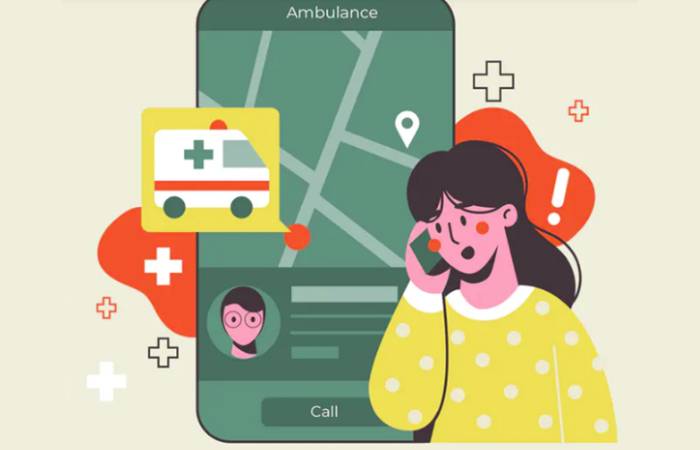
Key features of an online ambulance booking app
Such a platform connects a patient with members of the emergency service (medical staff, drivers, and hospital administrators). Accordingly, an efficient healthcare software solution must include functionality for each user group.
List of functions for patients:
Personal account
A patient must register and indicate their email or social media credentials to store important booking data. In their profile, they enter personal information, contacts, chronic diseases, allergies, and so on.
Emergency call
An app must have an emergency call option for users who cannot specify the details of their condition.
Selecting the type of ambulance
Different emergencies may require different types of transport (car, boat, or helicopter) and equipment. Based on the circumstances, a patient should be able to choose the appropriate option.
Tracking ambulance cars in real time
A patient shares their location and tracks the progress of the car to its destination.
Functionality for communication with a healthcare professional or a driver
A person can consult with the medical staff and find out what needs to be done to alleviate their condition before the arrival of the ambulance.
Payment functionality
This functionality allows patients to choose between a standard and a premium rate and securely pay for services through the platform.
Push notifications
Booking confirmation and ambulance arrival notifications increase user comfort.
Online support
If the car is temporarily unavailable and it is impossible to call the driver, a patient should be able to contact support to find out the state of the order.
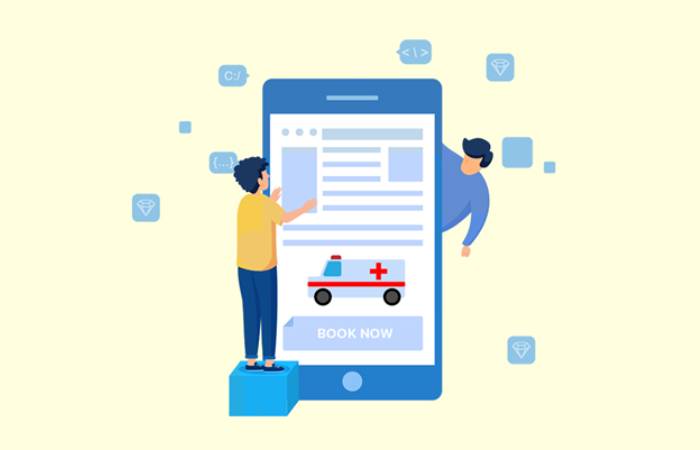
Functions for medical personnel/healthcare facilities
Doctor/nurse profile
Through an app, a user views information about the hospital and medical staff. A doctor’s profile must include their name, specialization, and work experience.
Notification system
A platform alerts the hospital about the arrival time of a new patient. This will allow the department to receive the patient without delay.
Communication with ambulance personnel
Hospital staff can contact the ambulance to clarify the state of a patient.
Features for ambulance drivers
Driver profile
A platform contains a driver’s contact details, phone number, and driving license number.
Booking confirmation
When a driver receives a request, they can accept or reject it. If there are no grounds for refusal, the driver accepts the order, specifies the location, and builds a route. The system updates the car status to “Busy”. After the order is completed, the car status is changed to “Available” again.
AI-based navigation
A GPS navigator will bring the car to the patient, even if they are far from a settlement and no exact address can be provided. A smart algorithm builds the fastest route to the victim, considering obstacles and traffic jams. Thus, the ambulance will reach the point of destination as quickly as possible.
Ratings and reviews
Such functionality is additional motivation for drivers. They will try to do their job better thanks to ratings and reviews.
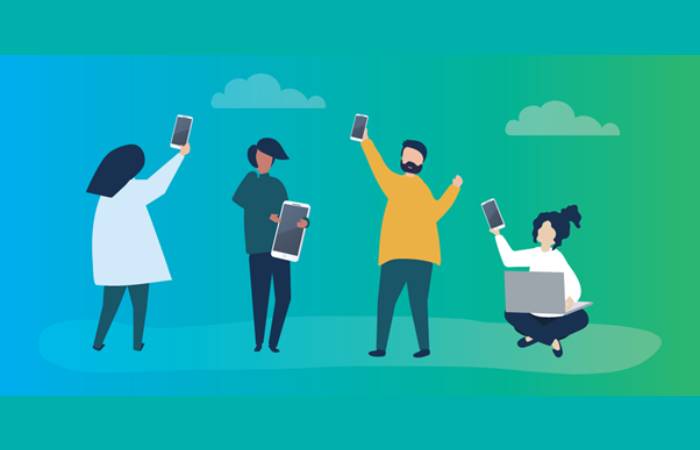
Admin panel features
Admin’s account
An admin is also a user of a system. This specialist must be able to log in with a password to carry out personal tasks.
Control panel
The admin monitors online ambulance calls and controls app operations through the control panel.
Driver monitoring
A driver tracking dashboard helps assess drivers’ performance, work schedules, and ratings.
Ambulance fleet management
The admin must see the work of the fleet, and know the number of working vehicles, their equipment, and real-time location. By analyzing the data, the specialist sees which car is used most frequently and which one needs priority maintenance.
Order management
The admin sees booking details, the speed of carrying out orders, delays, or complaints. They find and solve problems with orders to avoid them in the future. For example, if there is a complaint against a driver, the manager talks with the employee to clarify the reasons for the client’s discontent.
Conclusion
An online ambulance booking app is becoming the best way to call the emergency medical service. Such a platform ensures that a person who needs urgent assistance won’t wait for help for almost an hour. The nearest car will promptly respond to their call. For doctors, this is an opportunity to reduce the number of deaths in severe cases, when every second counts. For hospitals, these platforms are useful tools to increase patient loyalty and save money.
If your healthcare facility needs to implement the above features in an emergency medicine app, you should contact an experienced healthcare software development company. A team of IT experts will think over the architecture and design of the platform, select the right tech stack, and create a software solution that meets the requirements of HIPAA, GDPR, or other industry legislation
Related posts
Recent Posts
GameStop Near Me Wyoming, United States
GameStop Near Me Wyoming, United States – I suppose you are a game lover and love gaming, so you are searching…
Top 10 Electronics Stores Near Me In Alameda, California, USA
Top 10 Electronics Stores Near Me In Alameda, California, USA – Hey! Are you in need of electronics for your dream…

